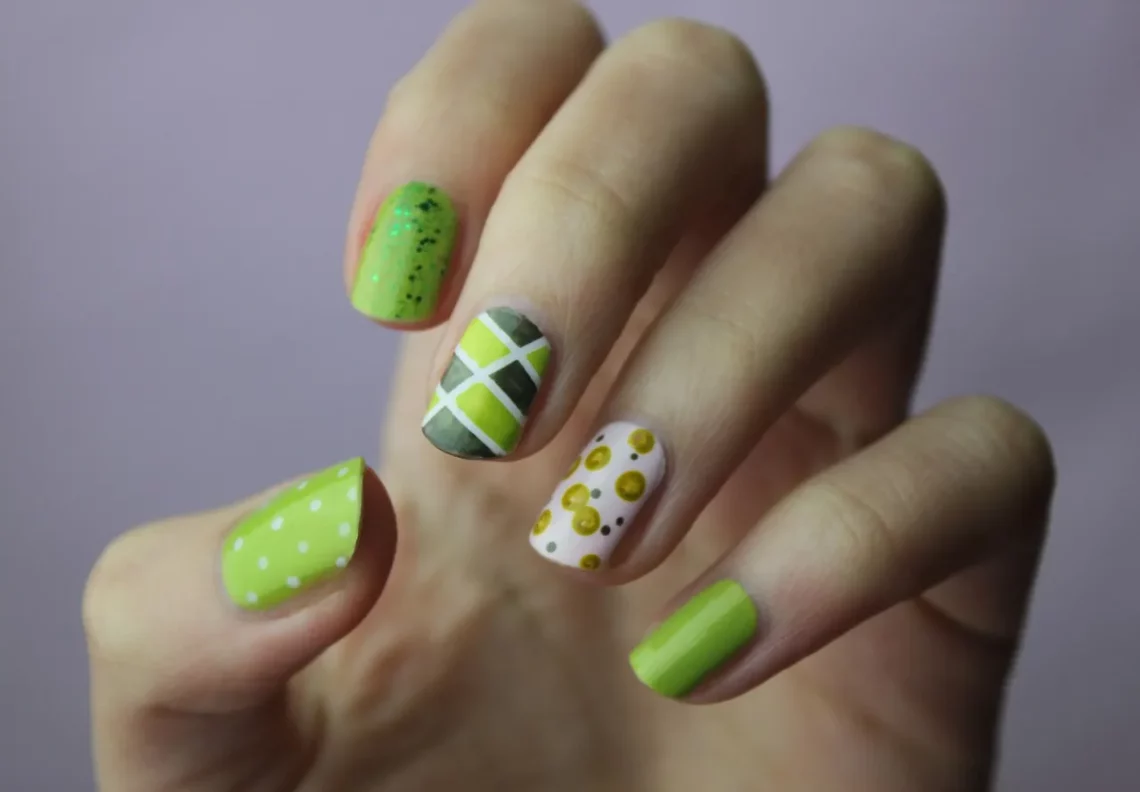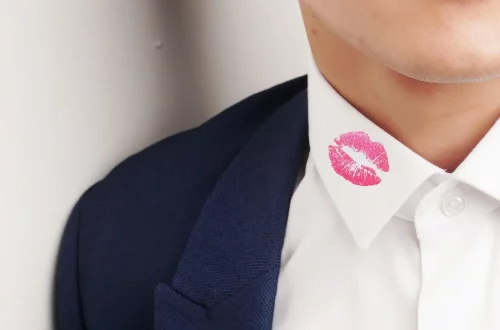
Understanding Cat Split Nails: Causes and Care Tips
Cats are beloved companions, known for their playful antics and soothing presence. However, like any pet, they come with their own set of health challenges. One often-overlooked issue that cat owners may encounter is the problem of split nails. While it might seem like a minor concern, split nails can lead to discomfort and even more severe complications if not addressed properly. Understanding the anatomy of a cat’s nail and the potential factors that contribute to splitting is crucial for any responsible pet owner.
Cats’ nails serve multiple purposes, helping them climb, hunt, and groom themselves. These sharp appendages are made up of a hard outer layer called the claw and a softer inner layer that houses nerves and blood vessels. When a nail splits, it can expose this sensitive underlying tissue, leading to pain and potential infections. Observing changes in your cat’s behavior or grooming habits can be essential in identifying this issue early.
Moreover, the reasons behind split nails can vary widely, from environmental factors to underlying health conditions. To ensure your feline friend remains happy and healthy, it is vital to be informed about the signs, causes, and appropriate care strategies related to this common ailment.
Common Causes of Split Nails in Cats
Understanding the common causes of split nails in cats is the first step toward effective prevention and care. Several factors can contribute to a cat developing this painful condition, ranging from environmental influences to health issues.
First and foremost, environmental factors play a significant role. Cats that frequently engage in rough play or that live in environments with hard surfaces may be more prone to nail splits. For instance, cats that climb trees or scratch on abrasive surfaces may experience wear and tear on their claws, leading to splits. Additionally, exposure to extreme weather conditions, such as excessively dry air or harsh outdoor elements, can weaken nails and make them more susceptible to damage.
Another common cause of split nails is improper grooming habits. Regular nail trimming is essential for maintaining your cat’s claw health. If nails are not trimmed, they can become overly long and brittle, increasing the likelihood of splitting. Nail trimming not only helps prevent splits but also reduces the risk of your cat getting their claws stuck in furniture or other objects, which can lead to injury.
Health issues can also contribute to the problem. Conditions such as nutritional deficiencies, particularly a lack of essential fatty acids or protein, can weaken the structure of your cat’s nails, making them more prone to splitting. Additionally, certain medical conditions, such as fungal infections or autoimmune disorders, can compromise nail integrity. If you notice persistent nail issues, it may be wise to consult your veterinarian for a thorough examination.
Lastly, age can be a contributing factor. As cats age, their nails may become more brittle and prone to splitting. Senior cats may also experience changes in their grooming habits, leading to neglect of nail care. Therefore, it is essential to monitor your cat’s nail health throughout their life and make adjustments to their care routine as needed.
By understanding these common causes, cat owners can take proactive steps to prevent split nails and ensure their pets remain comfortable and healthy.
Recognizing the Symptoms of Split Nails
Recognizing the symptoms of split nails in cats is crucial for early intervention. Many cat owners may overlook minor signs, but being vigilant can help prevent more severe complications.
One of the most apparent symptoms of a split nail is visible damage to the claw itself. This can range from minor cracks to severe splits that expose the sensitive nail bed beneath. If you notice any irregularities in your cat’s nails, such as jagged edges or discoloration, it is essential to investigate further.
Behavioral changes can also indicate that a cat is experiencing discomfort due to split nails. Cats are known for their grooming habits, and an increase in grooming behavior—especially around the paws—can be a red flag. Your cat may also be less active than usual, avoiding playtime or even limping. If your feline friend seems to be favoring one paw or shows signs of discomfort when walking or jumping, it is time to take a closer look at their nails.
In addition to these physical and behavioral symptoms, you may also observe signs of infection. If the nail split becomes infected, you might notice swelling, redness, or discharge around the affected area. In such cases, it is crucial to seek veterinary care promptly to address the infection and prevent it from spreading.
Another key aspect to observe is your cat’s eating habits. Pain or discomfort from split nails can lead to decreased appetite, as your cat may be less inclined to engage in activities that require paw use, including eating. If you notice changes in your cat’s eating habits alongside other symptoms, it is important to consult a veterinarian to determine the cause.
By being proactive and recognizing these symptoms early, cat owners can take the necessary steps to provide care and seek veterinary assistance when needed, ensuring their furry friends remain happy and healthy.
Effective Care Tips for Split Nails
When it comes to caring for a cat with split nails, there are several effective strategies that cat owners can implement. Early attention and appropriate care can make a significant difference in your pet’s recovery and overall well-being.
First and foremost, if you notice a split nail, it is essential to assess the severity of the damage. For minor splits, you can often manage the situation at home. Begin by gently cleaning the affected area with warm water to remove any dirt or debris. After cleaning, you may apply a pet-safe antiseptic ointment to prevent infection. It is crucial to monitor the area for signs of infection, such as increased swelling or discharge.
For more severe splits, particularly those that expose the nail bed, it is advisable to seek veterinary care. A veterinarian can properly assess the injury and may recommend treatments such as bandaging or, in some cases, surgical intervention to remove the damaged nail. It is essential not to attempt to treat severe injuries on your own, as improper care can lead to further complications.
Regular nail maintenance is critical in preventing future splits. Make nail trimming a part of your cat’s grooming routine. If you are unsure about how to trim your cat’s nails safely, consider consulting a professional groomer or your veterinarian for guidance. They can also provide tips on how to acclimate your cat to the process to reduce any stress or anxiety associated with nail trimming.
In addition to trimming, providing a balanced diet rich in essential nutrients can help strengthen your cat’s nails. Look for high-quality cat food that includes protein, omega fatty acids, and vitamins that promote healthy skin and nail growth. If you suspect your cat may have a nutritional deficiency, consult your veterinarian for appropriate dietary recommendations or supplements.
Lastly, keep your cat’s environment as safe and comfortable as possible. Provide scratching posts and safe surfaces for them to engage in their natural scratching behavior without risking injury. Regularly check their living area for hazards that could contribute to nail damage, such as rough surfaces or sharp objects.
By implementing these care tips, you can help ensure your cat’s nails remain healthy and strong, minimizing the risk of splits and the discomfort that comes with them.
When to Seek Veterinary Assistance
Knowing when to seek veterinary assistance for your cat’s split nails is crucial in ensuring their health and well-being. While minor splits can often be managed at home, certain signs and symptoms warrant a visit to the veterinarian.
If you notice a significant split that exposes the nail bed or surrounding tissue, it is essential to seek professional help. Exposed tissue can be at risk for infection, and a veterinarian can provide appropriate treatment to prevent complications. Signs of infection to watch for include swelling, redness, or discharge from the affected area, which should prompt immediate veterinary attention.
Behavioral changes can also indicate a need for veterinary assistance. If your cat is showing signs of pain, such as limping, excessive grooming of the affected paw, or reluctance to engage in normal activities, it is essential to consult with your veterinarian. Pain can significantly impact your cat’s quality of life, and addressing the issue promptly can lead to better outcomes.
Additionally, if you observe changes in your cat’s appetite or drinking habits, it may be time to seek veterinary help. Cats that are in pain or discomfort may not eat or drink as much as usual, which can lead to further health complications. Your veterinarian can help determine the underlying cause of these changes and recommend appropriate treatment.
Lastly, if your cat has a history of frequent nail issues or if splits become a recurring problem, it is crucial to discuss this with your veterinarian. They can assess your cat’s overall health and may recommend further diagnostics to rule out underlying health problems that could be contributing to the issue.
In conclusion, while split nails can be a common occurrence among cats, understanding how to recognize the symptoms, causes, and proper care strategies is essential for every cat owner. By being proactive and attentive to your cat’s needs, you can help ensure they remain healthy and free from discomfort.
*Note: This article is for informational purposes only and should not be considered medical advice. Always consult with a veterinarian for any health concerns regarding your pet.*




